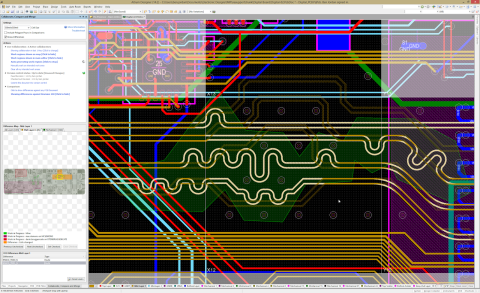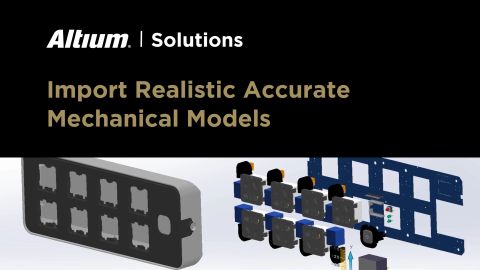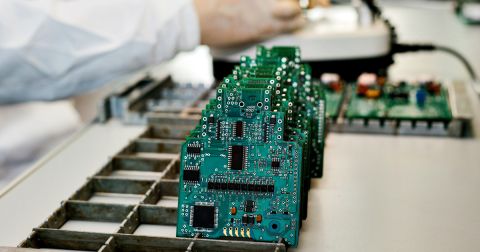PCBs Are Just One Part of Product Design

Electronic devices all need to contain integrated circuits and PCBs, but there is always much more that’s required to turn a PCB into a real product. Integrated circuits provide the main functionality on most PCBs, but they are not what creates a complete product that you can sell on store shelves. Real electronic product designs require much more, and ultimately, they require reaching across engineering disciplines.
When you reach across engineering disciplines, you have to build a team to help you get through the product development process, which will ultimately get you to a point where you can scale and take the product to market. To see where the intersection between PCBs and products lies, we have to look beyond the PCB and into the areas I’ll outline below.
Beyond the PCB
Enclosures and Mechanical Parts
When most people buy an electronic device, they’re never buying just a circuit board, they’re buying something that comes with an enclosure, packaging, cords/cables, and probably a power plug or charger.
Product developers also have to develop enclosures, not just the PCB. The most common form of cross-disciplinary collaboration is electrical and mechanical, where ECAD and MCAD domains come together to ensure form and fit of the PCB within the ideal product packaging.
Individual designers who are building passion projects or development products have the luxury of selecting their own board sizes and form factors. Product development teams that build products very often constrain the electrical product design based on mechanical form factor goals, not the other way around.

To implement this portion of product development, users must pass design data back and forth, something which formerly required file exchanges. Today, integration between ECAD and MCAD applications is making this process much faster and it is helping electronic product designs get to market much quicker.
Firmware and Software
Many electronic products today are designed to interface with a mobile app, a cloud application, or a desktop application on your computer. Even if this is not the case for your product, it might have some embedded application running on a host processor as firmware. Software running on a product or running external to a product has become a progressively more important part of product capabilities and user experience.
Wiring, Cabling, and Harnesses
A lot of consumer products come packaged with cables, such as the ubiquitous USB cables we all accumulate in junk drawers, or wall wart power adapters with a barrel connector. But when you look beyond the consumer domain, most electronic products will not be using these highly standardized cables.
Instead, many electronic product designs will need an off-the-shelf modular wiring and harness solution, or a totally custom cable assembly, in order to make connections between portions of their systems. For example, you might see some of these options available to a designer:
- Wire-to-board connectors
- Flex ribbon cables
- Modular harnesses with crimp contacts
Any of these can be brought into an MCAD program when STEP models are available. For modular options, such as those available from Molex and Samtec, connector vendors have spent significant effort to make 3D models of their components freely available to mechanical designers.

Mechanical Design for Assembly
MCAD doesn’t just drive the size, shape, and part placement on the PCB. If you’re designing an electronic product with a custom enclosure, then that enclosure and the internal PCB will eventually need to be assembled. Mechanical engineers need to design enclosures with the product assembly process in mind. Simple things like placement of connectors, shape and span of cabling/harnesses, screw sizes, and mounting hole location could make a product impossible to assemble in a factory environment.

Just like DFA matters when designing a PCB to be assembled at volume, the same ideas apply when designing an entire product that lives in an enclosure. It is the mechanical designer’s job to build the entire enclosure such that the product can be assembled in a highly efficient assembly process with minimal defects and rework.
Whenever you need to design enclosures, wire harnesses, flex cabling, multi-board assemblies, or any other component in your electronic product design, make sure you use the complete set of PCB design features in Altium Designer®. To implement collaboration in today’s cross-disciplinary environment, innovative companies are using the Altium 365 platform to easily share design data and put projects into manufacturing.
We have only scratched the surface of what’s possible with Altium Designer combined with Altium 365. Start your free trial of Altium Designer + Altium 365 today.










